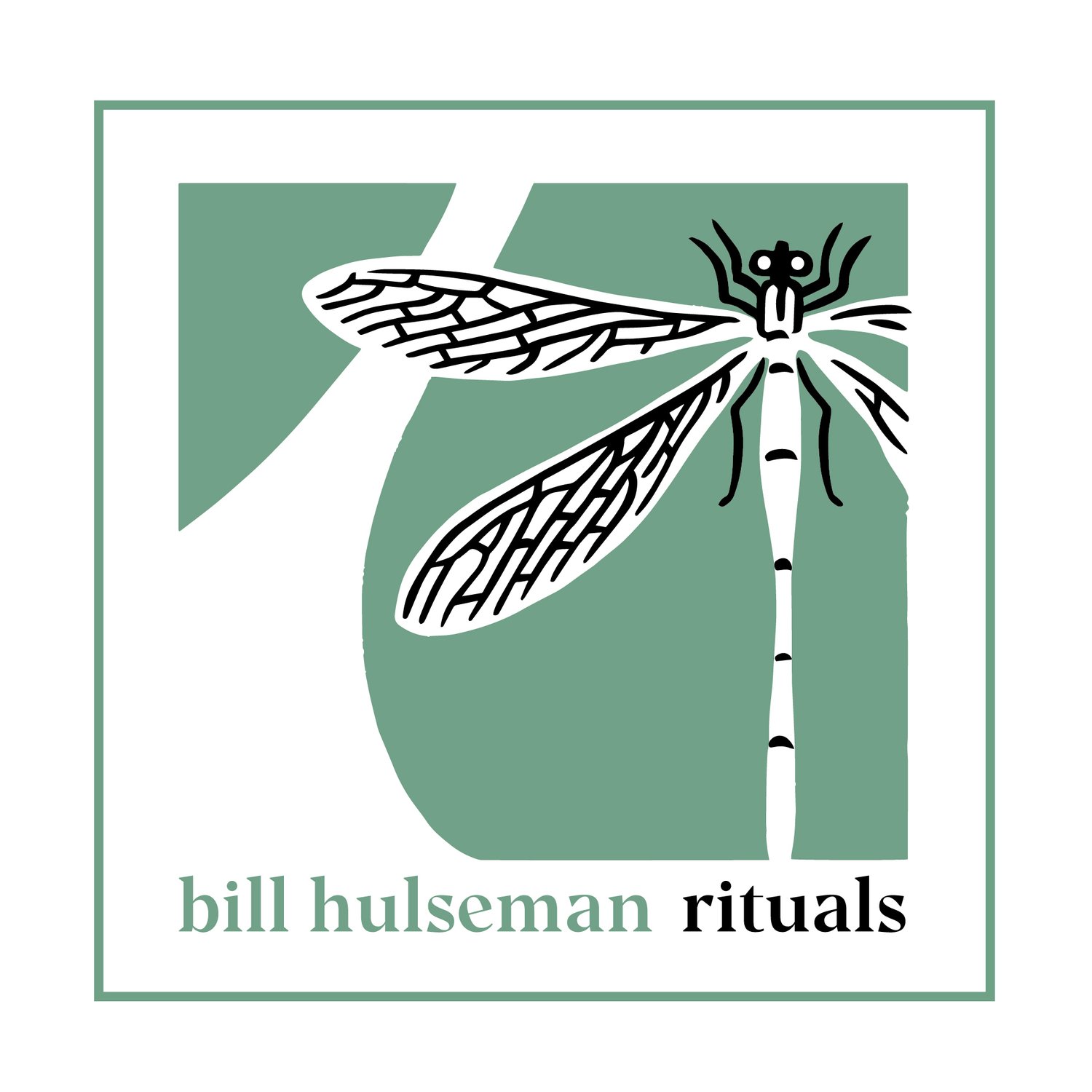my first time (officiating)
When my friends T&S got engaged, they invited me to officiate their wedding. It was my first! Both grew up Catholic, but neither practiced anymore. They hoped for a ceremony that would reflect their values and feel familiar to their practicing-Catholic family. It wasn’t about appeasing those family members - it was about honoring them AND staying true to their experiences and values.
We drew on Catholic liturgy for the overall flow and setup, but we built the ceremony around three parts: One: Honoring of Parents, Two: Rite of Marriage, and Three: Honoring the Gathered. The common thread: HONORING. T&S wanted to recognize and express their gratitude for everything their parents gave them, and that inspired them to do the same for the family and friends who would surround them on their wedding day. That made me think of the Rite of Marriage as more than the formal recognition of their union - it was an opportunity to honor the love they shared.
Nothing we did was terribly unusual or original. We mostly drew on familiar formats and elements, but, thinking back to the ceremony, two innovations stand out. First, we scattered readings and music throughout the ceremony. In many weddings, implicitly following the model of Christian liturgy, all of the readings and anything that would require additional participants happen early. Because we wanted to differentiate the ceremony from religious ones, parts one and three started with a reading, included a symbolic action, and ended with a blessing. Part two disrupted the usual flow from declaration of intent to vows to rings to kiss by inserting a reading between the vows and rings and a song while T&S lit a unity candle and imprinted their marriage certificate with a wax seal. This stretched the rite of marriage out and helped us to focus on each particular step without rushing to the end.
The second innovation that stands out is how we created and initiated the space. It was a lovely setting - a barn-like space on a farm in central Massachusetts - but we wanted to evoke the kinds of feelings that sanctuaries typically spark (again, mindful of family with religious expectations) and to make it feel like more than a party space (the ceremony space would be transformed into the reception’s dance floor). Toward that end, the ceremony began with a procession that didn’t include just the wedding party. Friends carried in candles and flowers to add to the space, a symbolic gesture to say “ok, NOW we’re ready” and to show that, while we’re not in a church, we created a sacred space together.

